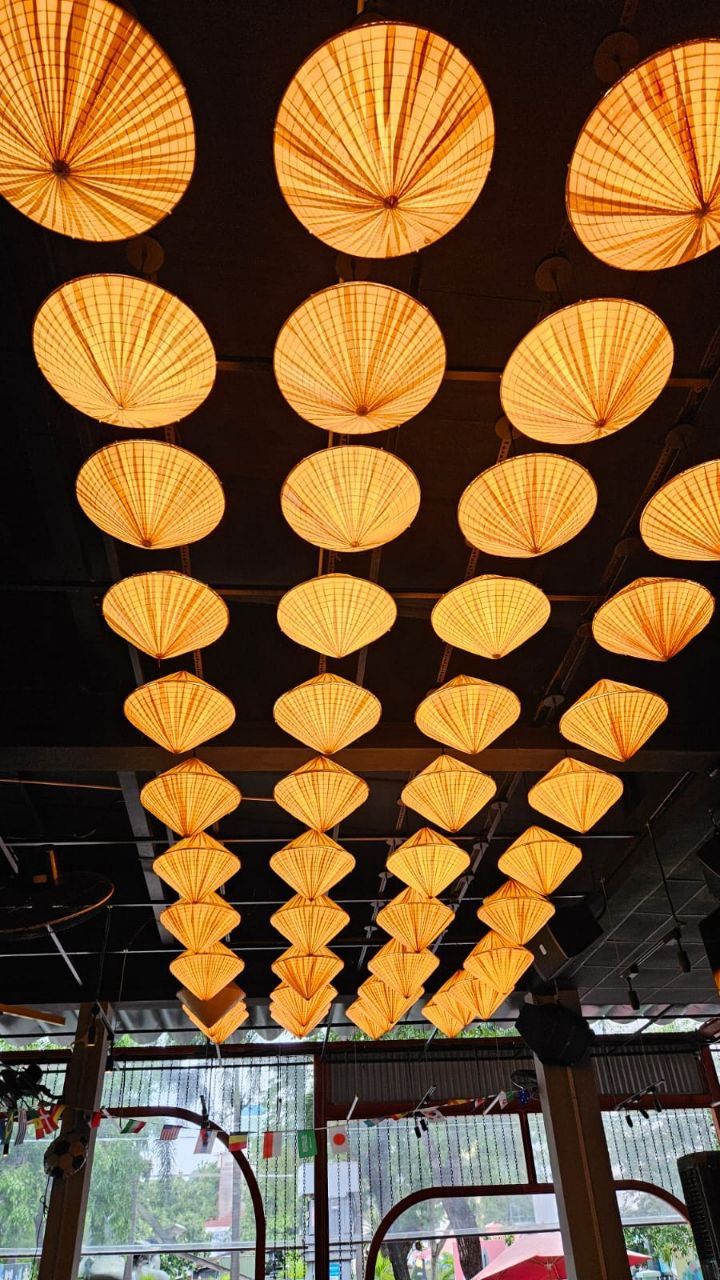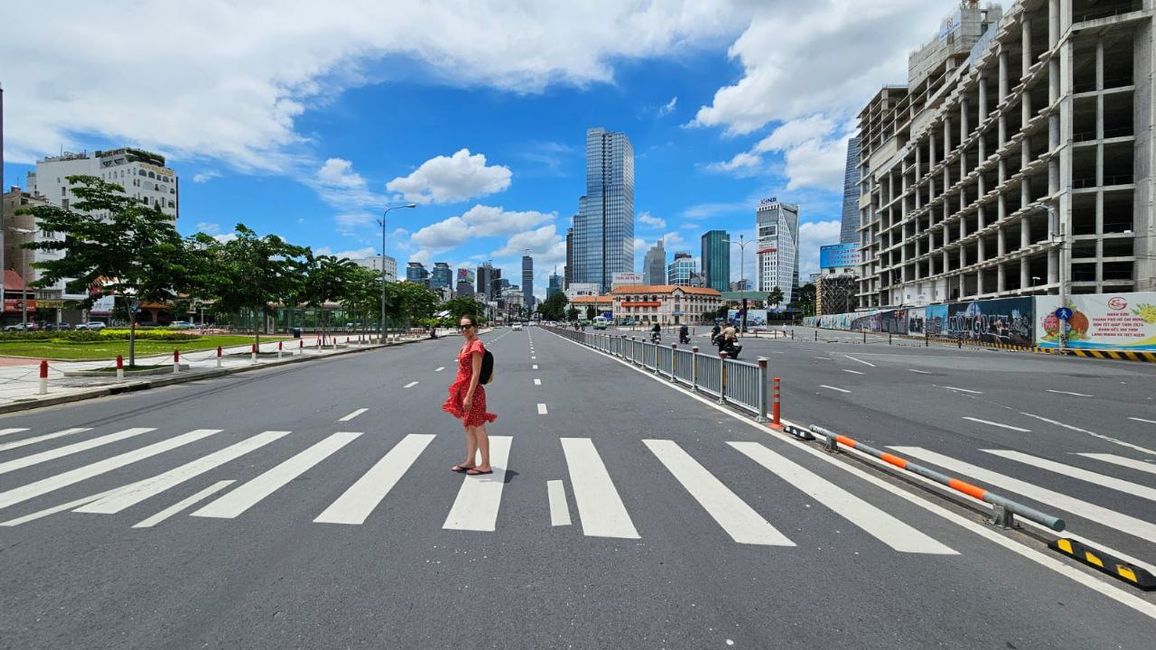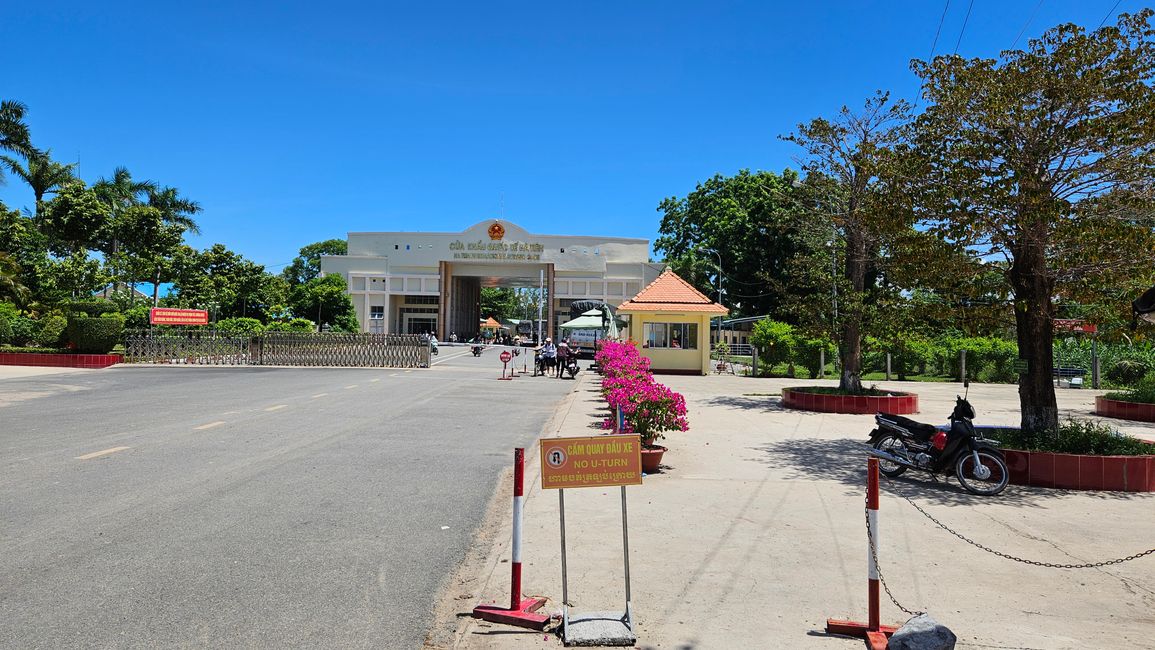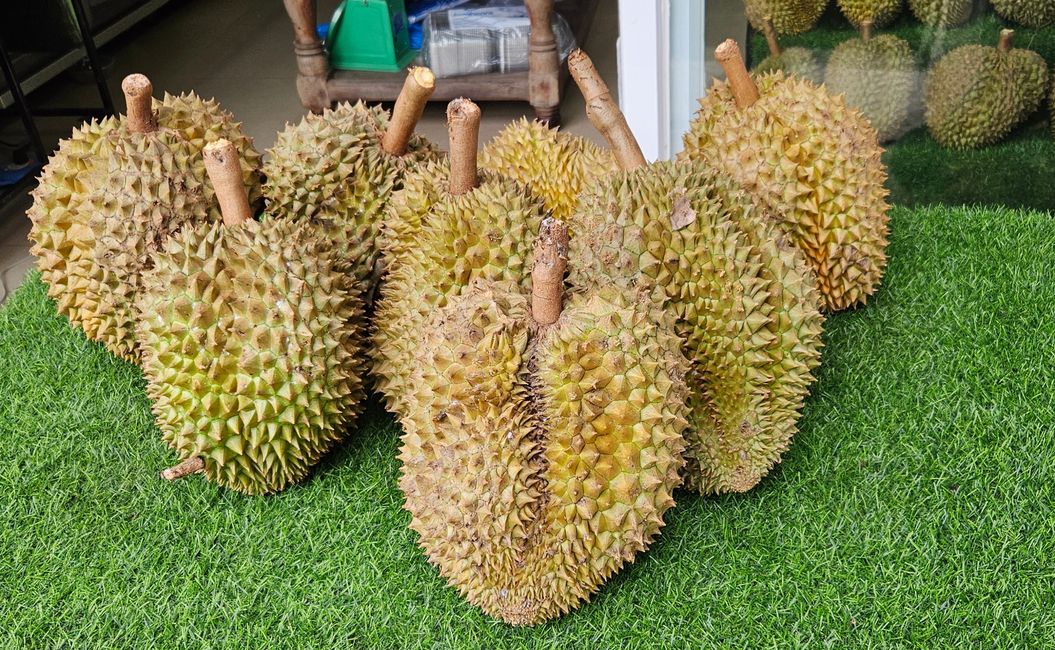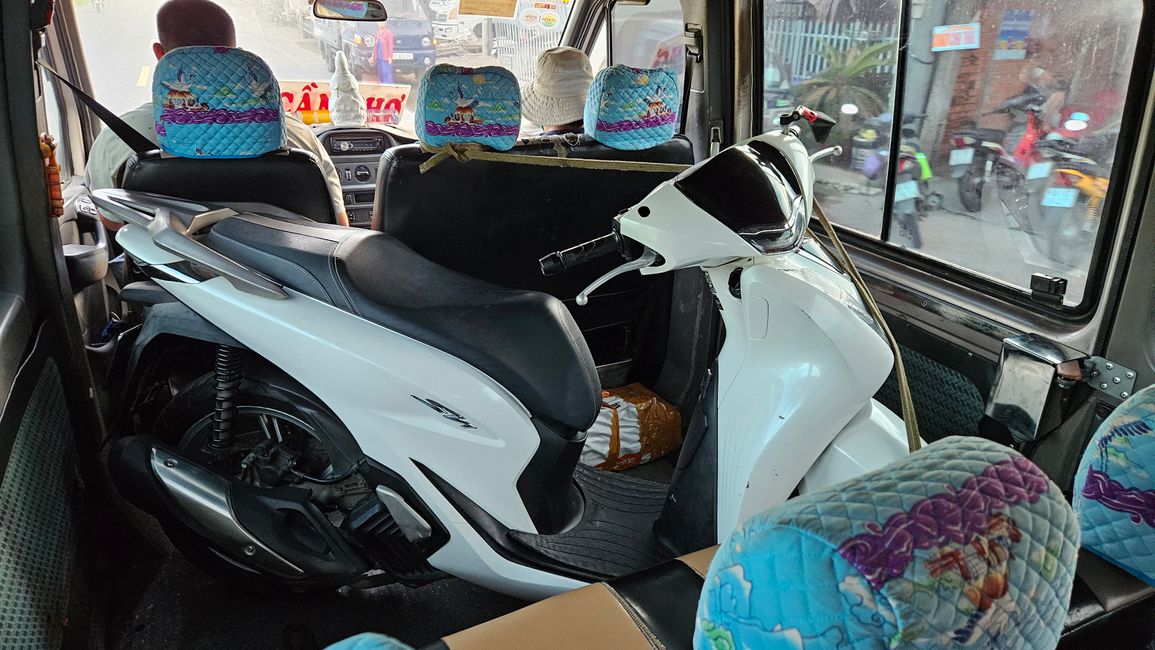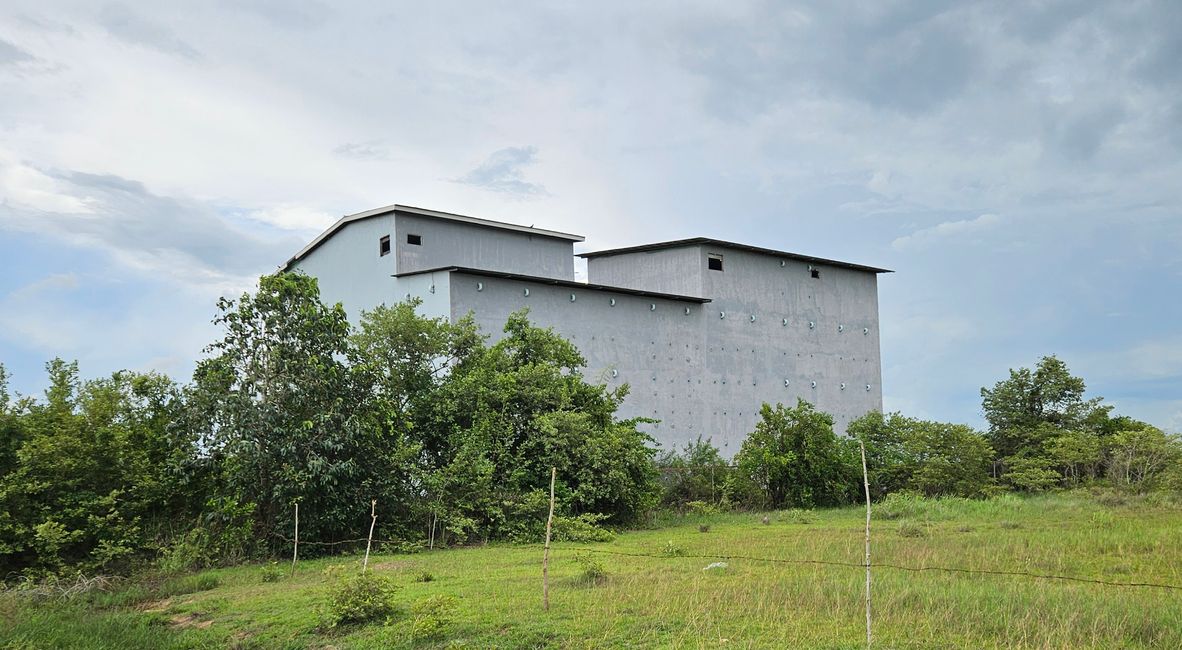Entry to Cambodia
شائع شدہ: 15.07.2024
خبری مکتوب کے لیے درخواست دیں
From Can Tho, we took a public bus to the Vietnamese-Cambodian border to enter Cambodia - pick-up time was 4.40 am in front of our accommodation. We were happy to do this, as the journey should only take 3-4 hours, so the day was not completely lost. Also, I have the talent to sleep in almost any position and in any mode of transport as long as it moves. So, I had a few more hours of sleep ahead of me. Unfortunately, there seemed to be a stop every 15 minutes for people to get on or off, goods to be loaded, or items to be left at random doorsteps. Sometimes, food was even bought from the roadside through the window. And just like that, we were on the road for 6 hours, and because of the constant stopping and starting again, I couldn't even sleep.
During the journey, a woman eventually sat next to me with a huge durian fruit in her luggage. In some accommodations, there is even a fine for bringing these fruits into the room because they smell so bad. Fortunately, this fruit did not have such a pungent smell, probably because it had not been cut yet. The unbeatable moment, however, was when a scooter was loaded into the bus...
Since I couldn't sleep, I had time to look out the window and see how the fronts of the houses slowly got gaps, eventually dissolved, and turned into palm groves and rice fields as we got closer to the Cambodian border. As mentioned before, this was the view we had actually already expected in the Mekong Delta.
In the more rural areas, you could also see so-called bird houses on the roadside. These houses mostly look like normal residential houses but with smaller windows. They are often even larger than the houses where people live there. However, they are only intended for birds, specifically swallows. Swallows build very special nests with their sticky saliva, which are considered a delicacy in China. In these bird houses, the nests can then be relatively easily 'harvested' and sold afterwards. For context: in Germany, it is even forbidden to remove swallow nests from houses if the swallows smear the walls with droppings.
Both the exit from Vietnam and the entry into Cambodia worked smoothly for us. Another German we met on the way to the border had less luck because he had already bought an E-visa online, which was not accepted at this border. So, he had the choice to buy another old-school paper visa or go to another border crossing.
I had read in the guidebook before that the visa usually costs 30 US dollars, but sometimes an additional 5 dollars are charged for an 'express processing.' Our visas each cost 35 dollars, there was no other price. Maybe that's why the E-visa was not accepted...
In the last step, two different Cambodian border officials independently stamped five different stamps in each passport, and we were in.
خبری مکتوب کے لیے درخواست دیں
جواب دیں۔
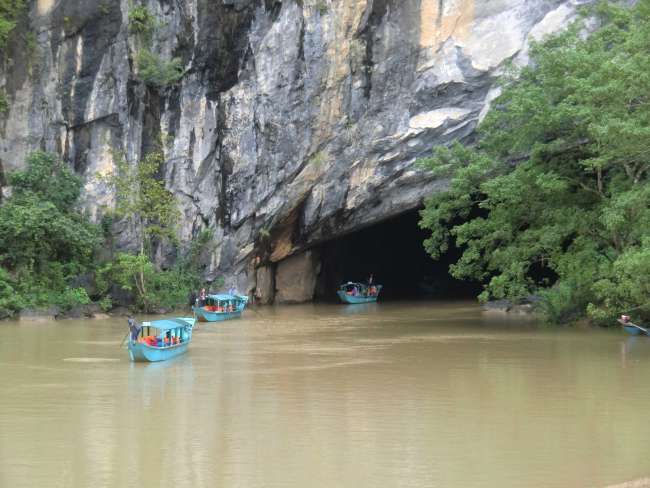
سفری رپورٹس ویتنام
